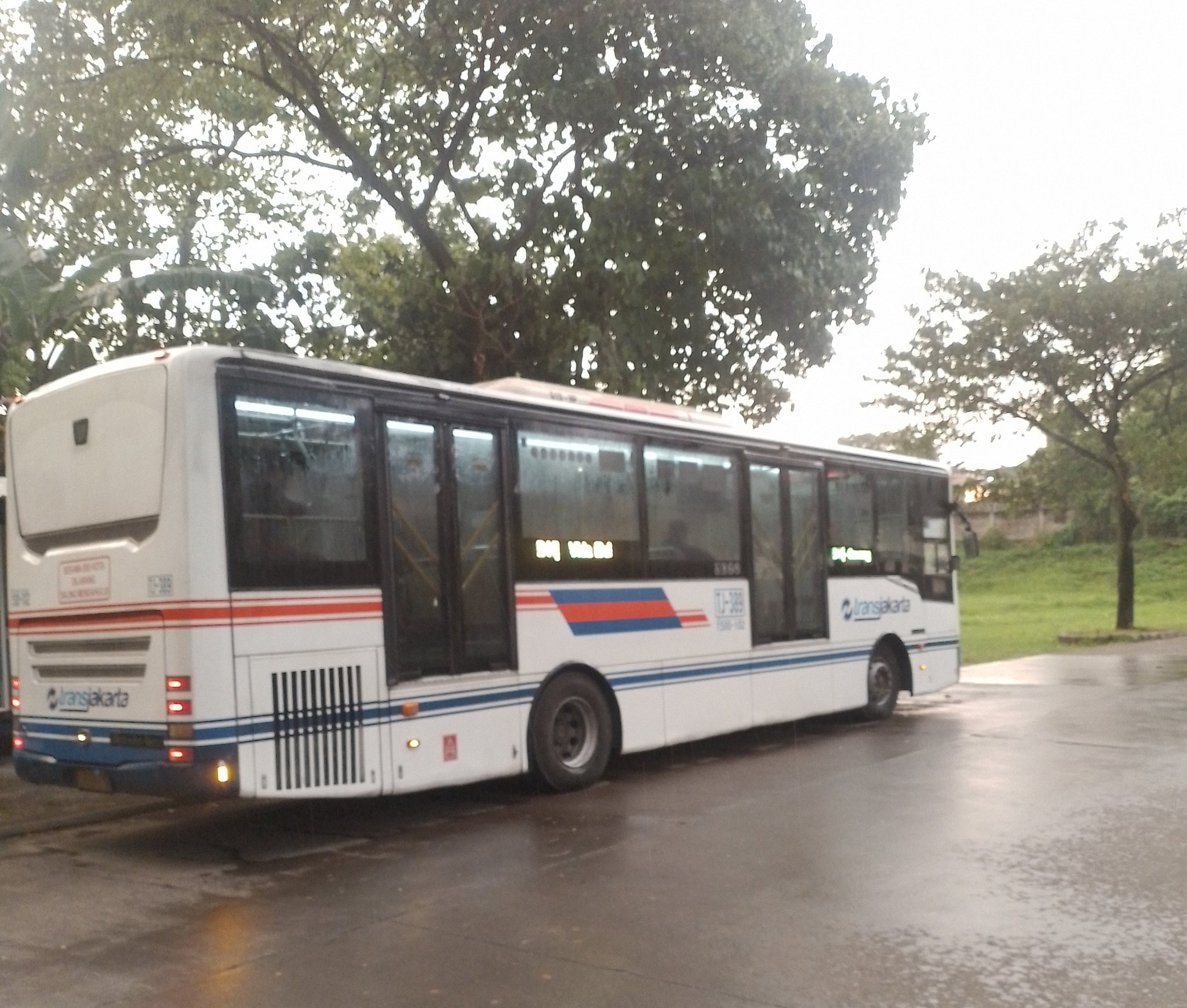Quer aprender a mapear as edificações, após a ocorrência de um desastre? Conheça a metodologia BAR, aplicada ao mapeamento com OpenStreetMap e JOSM
Em 19 de maio de 2025, realizamos com sucesso a oficina Mapeamento pós-desastre com OpenStreetMap e JOSM, promovida pela empresa IVIDES DATA e o grupo de jovens mapeadores(as) brasileiros(as), YouthMappers UFRJ, e ministrada por Séverin Ménard, do Les Libres Géographes.

As recomendações e vídeos de demonstração estão também disponíveis na seção de orientações dos projetos de Mayotte no HOTOSM-TM.





